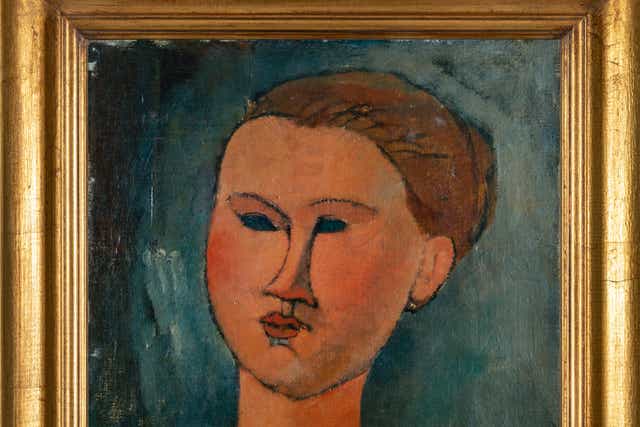Quick take:
- The NFTs can be traded, sold or exchanged on Algorand NFT marketplaces.
- Chess NFTs will vary by position, shape, colour, lighting and surface.
- A limited number of NFTs on the Algorand blockchain is available for free.
Algorand and FIDE Online Arena, the official gaming platform of the International Chess Federation, have partnered to release an AI algorithm that can convert any chess game into 3D chess pieces. The graphic art can then be minted as NFTs for free on the Algorand blockchain.
After minting, the NFTs can be traded, sold or exchanged on Algorand NFT marketplaces. However, there’s a catch: only a limited number of chess NFTs on the Algorand blockchain is available for free.
To continue minting more NFTs of the chess pieces, chess fans can use the AI algorithm to convert their chess games into 3D chess pieces, then build their own apps to put the images on-chain and on marketplaces as NFTs.
There is an unlimited supply of chess NFTs. Each chess NFT minted is associated with a unique chess position, and will also vary by position, shape, colour, lighting and surface of the underlying key visual. Collectors and chess fans might prefer the most famous or important positions, which could potentially be in demand on the secondary market.
The chess NFTs don’t just serve as memorabilia or visual representation of a game. Chess players can use the FIDE Online Arena x Algorand NFTs as logos for chess tournaments. They can also be reproduced as fine art prints like the ones exhibited in Berlin’s first-ever exhibition of chess NFTs minted on the Algorand blockchain.
The blockchain has a strong connection to chess as it already hosts the official FIDE Online Arena ratings. Algorand founder Silvio Micali’s pioneering work in cryptography kickstarted the modern anti-cheating protocols widely employed in chess.
To create the prints that were exhibited in Berlin, data of the most interesting positions on the chess grandmasters’ boards during the FIDE Grand Prix was fed into the AI algorithm to produce a unique image of a chess piece. At the exhibition, corresponding NFTs were offered alongside the art prints which were quickly sold out.
The AI algorithm was made available to the public after the exhibition yesterday. It was created to make chess accessible to a wider audience as well as to launch a new line of chess collectibles and memorabilia.
Stay up to date:
Credit: Source link









